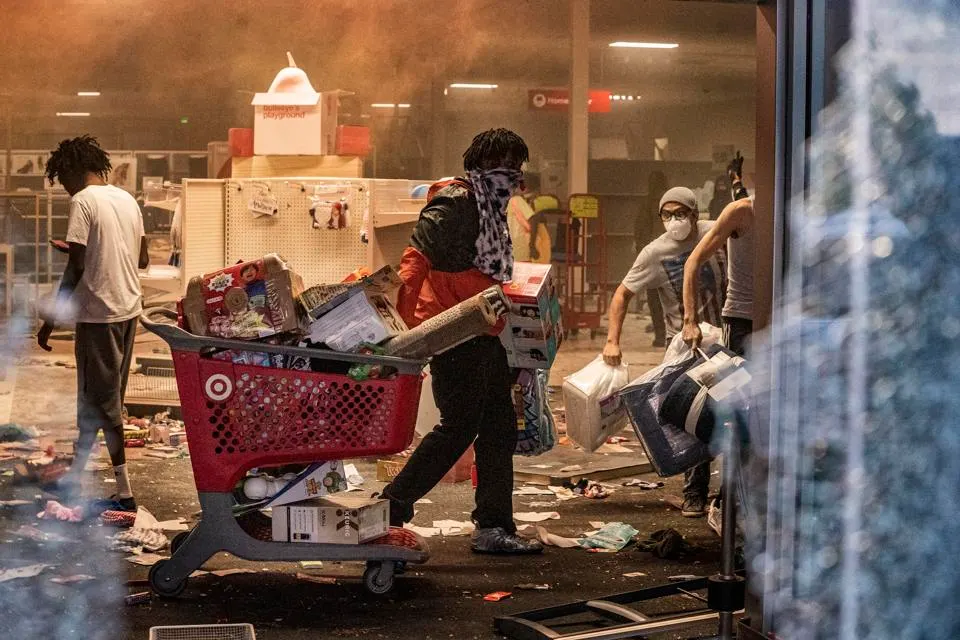
Understanding the Survival Rule of 3: Social Breakdown After Crisis
In times of crisis, societal order can quickly deteriorate, leading to a series of predictable and escalating threats. The Rule of 3 illustrates how rapidly social breakdown can occur, emphasizing preparedness and vigilance to safeguard oneself and one’s family during such times.
3 Hours: Looting Begins
Within hours of a crisis, particularly in densely populated urban areas, mobs may begin looting businesses and commercial centers. The 1992 Los Angeles Riots provide a stark example, where looting and widespread chaos erupted within hours after the verdict in the Rodney King trial. Similarly, after Hurricane Katrina in 2005, looting became rampant in New Orleans shortly after flooding disrupted local authority and infrastructure.
3 Days: Suburbs Targeted
By the third day following a significant crisis, chaos can spread from urban centers to suburban areas. Resources become scarcer, prompting individuals or groups to venture outward in search of supplies. During the aftermath of Hurricane Sandy in 2012, suburban neighborhoods on the East Coast experienced burglaries and heightened security threats as desperation grew among affected populations.
3 Weeks: Neighbors Turn
After three weeks without restoration of order and essential services, desperation can fracture even close-knit communities, leading neighbors to act against each other for resources and security. History shows that prolonged crises can erode community bonds, as seen during prolonged sieges or conflicts globally. For instance, the prolonged civil unrest and economic collapse in Venezuela since 2014 has witnessed neighbors turning against one another in competition for scarce food and medical supplies.
Conclusion
Understanding the social dynamics outlined in the Rule of 3 helps prepare individuals to anticipate threats during societal breakdowns. Strategic Defense Academy emphasizes proactive preparedness, security measures, and community resilience planning to mitigate risks and navigate safely through periods of crisis and uncertainty.
